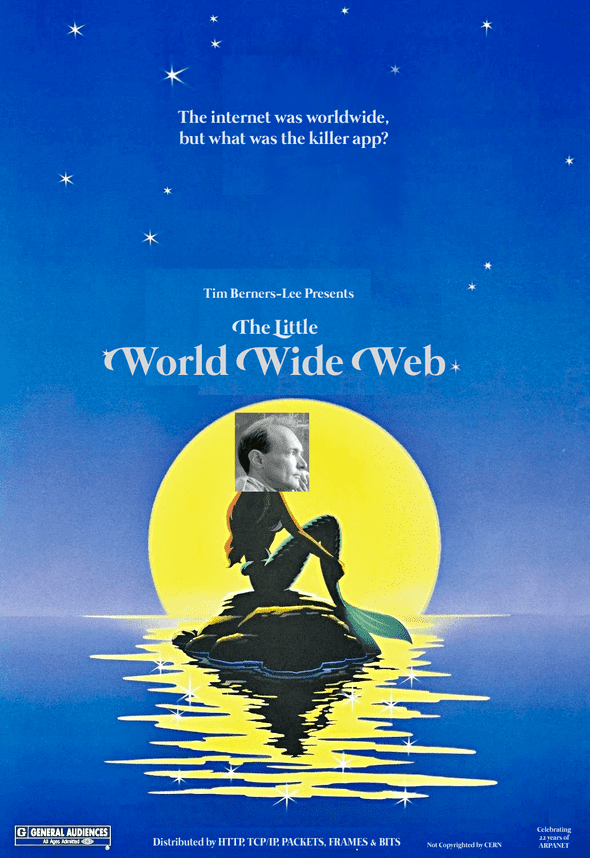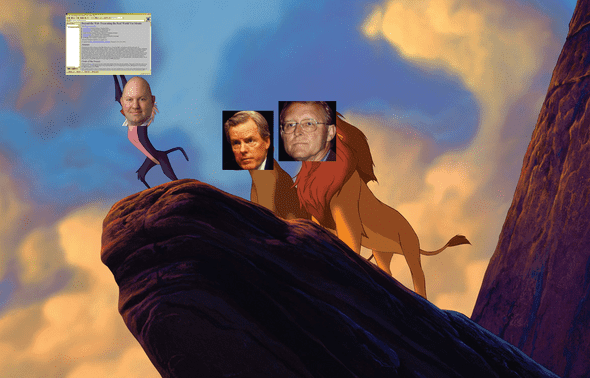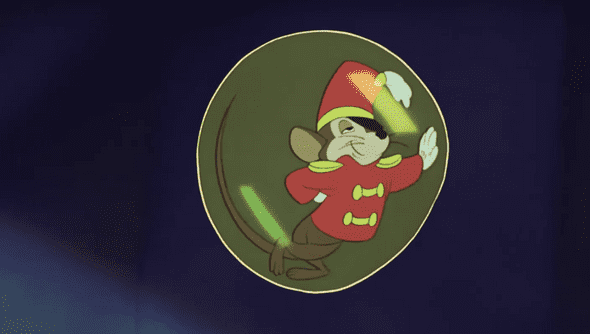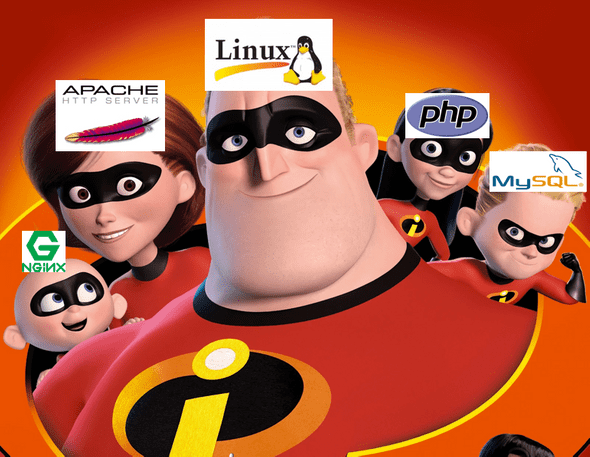Web 3.0, Newsletter 8
November 05, 2017
Introduction to Computing for 9 year olds
Introduction
Over the weekend my little bro forgot that he was meant to be babysitting for these two brothers aged 9 and 6 so I had to cover for him.
So me and the kids were chatting and watching YouTube on the TV, and it turned out that the eldest was learning to code Space Invaders. Turns out it was at a Saturday coding lab called Turing Lab run by Imperial College London.
Later we went to the park and had a den-making session in the park’s forest (kid’s still have great imaginations). The kid’s moaned that they wished that there was wifi everywhere. I told them that I remembered when if you wanted to use the internet, you couldn’t use your phone. They looked at each other in horror.
More recently, I’ve been interested in teaching and tutoring computing skills. Ideally you’d want to do an introduction to computing history to get some context of where we are, how we got here and where we might be going.
Here’s my notes for a nine year old, with added Disney for the adults.
Computing Timeline
1945, As We May Think
In 1945, an American man called Vannevar Bush writes an essay with the title As We May Think. The essay was published in an American magazine called The Atlantic. He came up with this idea that he called a ‘Memex’, a desk with projected screens, a keyboard, buttons and levers. It would let you access and organise information much faster than you could with books in a library.
1968, The Mother of All Demos
Douglas Engelbert, a nice American man, read the ‘As We May Think’ essay and worked with a team on turning the ideas in As We May Think into a real computer.
In 1968 he demonstrated ‘personal’ computing abilities such as:
- Computer programs having ‘windows’
- Hypertext (linking between pages)
- Graphics
- Video Conferencing
- The computer mouse
- Word processing
- People working on the same document
The demonstration showed how people could use computers. Many of those features are still around today, almost 50 years later. Because so many of these features are still around, it’s called The Mother of All Demos.
Features from the demo were put into the 1973 computer called the Alto, made by a company called XEROX. Two technology companies that you might know, Apple and Microsoft, used the ideas of the Alto to create their own computers and software. The Apple Macintosh was released in 1984 and Windows 1.0 was released in 1985.
People were amazed by the software and computers that both companies created, it was the start of anyone being able to have a computer.
Here’s a clip from a TV show called Halt and Catch Fire which tries to show how cool everyone thought the Macintosh was at the time (except the main man, he looks sad because he was also trying to create the first really good personal computer).
1989, The World Wide Web
 There isn’t a good Little Mermaid font out there, I tried.
There isn’t a good Little Mermaid font out there, I tried.
In 1989 the Internet (which had been going for about 20 years) wasn’t that widespread because it was difficult to use.
While people were emailing, sharing files, chatting and using messaging boards, there wasn’t a simple way to share information media like text, images, audio and videos.
A guy called Sir Tim Berners-Lee comes up with an idea that allowed the existing computers connected by the internet to share digital documents of text that could be linked to each other. He also came up with a clever naming system that would allow a normal name, say internet.com, to be linked to a computer’s internet address.
1994, Netscape
 A truly accurate account of Marc Andresssen, Jim Clark and Jim Barksdale releasing Netscape
A truly accurate account of Marc Andresssen, Jim Clark and Jim Barksdale releasing Netscape
In 1994 The Lion King was released.
But also, the first mainstream web browser, Netscape, bundled a collection of underlying technologies - HTTP, IP, TCP, UDP, DNS, HTML into a neat package that let you visit websites. This was web 1.0, very static document-like websites, not much to them.
Many companies saw the potential of the world wide web being in every home, but became too enthusiastic it. They were giving their money to companies, hoping the companies would give them more money back later.
In 2001 a lot of the companies shut down and people lost their money very quickly, it was like a big bubble popping.
 Dumbo Bubble Scene, credit Disney
Dumbo Bubble Scene, credit Disney
A man called Henry Blodget lied to people saying he thought some of these new internet companies were really good, when actually he thought they were really bad. He had to pay $4 million dollars for his lies.
Even today, a lot of people remember the bubble popping, so they’re very careful whenever they see a new type of technology.
However, a few companies survived the bubble popping including companies that are still around today: Google, Amazon, Ebay and PayPal.
2004, AJAX & LAMP
By 2004 an interesting collection of developments in the web and led to this thing called AJAX. In the early days of the web (which we’ll call Web 1.0), websites were really collections of documents and static, allowing for little user interaction. AJAX allowed websites to be more dynamic and not have to refresh all the time.
AJAX was the ‘software update’ the web received that lead to a increase in the possible functionality of websites. It was a cornerstone technology in what became known as Web 2.0.
In Summer 2004 The Incredibles was released. But also Google’s Gmail. The first product to really take advantage of AJAX (but also had 500 times the inbox storage size of Microsoft’s Hotmail - A whole 1GB!).
Later that year, Facebook started using the LAMP stack - a collection of free technologies: Linux (an operating system), Apache (a web server), MySQL (a database system) and PHP (a website programming language) that allowed programmers to create websites where user’s generated their own content.
These companies and their products were built off the back of these protocol acronyms and free software. These companies very successfully packaged the technologies together to create a service that user’s already used (email, Friendster), but did a better job.
End of part 1.
—
Notes/References
- “Gmail and Facebook are packaging” Ted Nelson and Doug Engelbert go for tea https://www.youtube.com/watch?v=zCLCIw-HSJc&t=324s
- Early Macintosh engineer blog https://www.folklore.org/
- Netscape’s engineers blog https://web.archive.org/web/19990422165921/https://www.jwz.org/gruntle/nscpdorm.html
- A 2005 Mark Zuckerberg talk about challenges scaling MySQL to a very empty Harvard lecture theatre.
Stories
Stephen Fry’s “The future of humanity and technology”
One of the best stories of technology and the technology.
It’s more engaging than Chris Dixon’s How Aristotle Created The Computer. Funnier than Marc Andressen’s Software Eats the World. More optimistic than Nick Bostrom’s Will We Engineer Our Own Extinction?.
It’s got a tempo to it that makes you keep listening, much more than Mary Meeker’s Internet Trends or Benedict Evans’ Mobile is Eating the World.
(but if you’re interested in the future, you should read and watch all of them)
It’s insightful, entertaining and spoken in that Stephen Fry way. Excited. Yet curious. Some of this - and some of that. It’s got that rhythm.
It’s and hour long, but it kept me interested all the way. The way it’s structured is genius, using stories from mythology and ancient history to make important fundamental concepts easily understandable.
Just own the damn robots
A 45 year old married father of two with a mortgage and a pair of college educations to fund. The remote yet persistent threat of a nuclear war is not what keeps him up at night. In fact, he might almost see it as a relief should it come. He is a bundle of raw nerves, and each day brings even more dread and foreboding than the day before. What’s frying his nerves and impinging on his amygdala all day long is something far scarier, after all. He, like everyone else, is afraid that he doesn’t have a future.
He is petrified by the idea that the skills he’s managed to build throughout the course of his life are already obsolete.
The jobs of the future are already here - and some are really weird
Security Breach and Spilled Secrets Have Shaken the N.S.A. to Its Core
The NSA has a large collection of computer viruses and other exploits that it uses to collect intelligence (spy on people via their computing devices). Some of that collection was stolen. One of the viruses stolen was used to spread the WannaCry ransomware through NHS computers.
No one’s sure if the NSA can keep its secrets a secret anymore.
Thanks for reading! If you have any comments, questions or feedback please get in contact. Have a nice Sunday.
I'm Henry Moulton, a software design and development freelancer living in London, UK.
My portfolio will be online soon.
